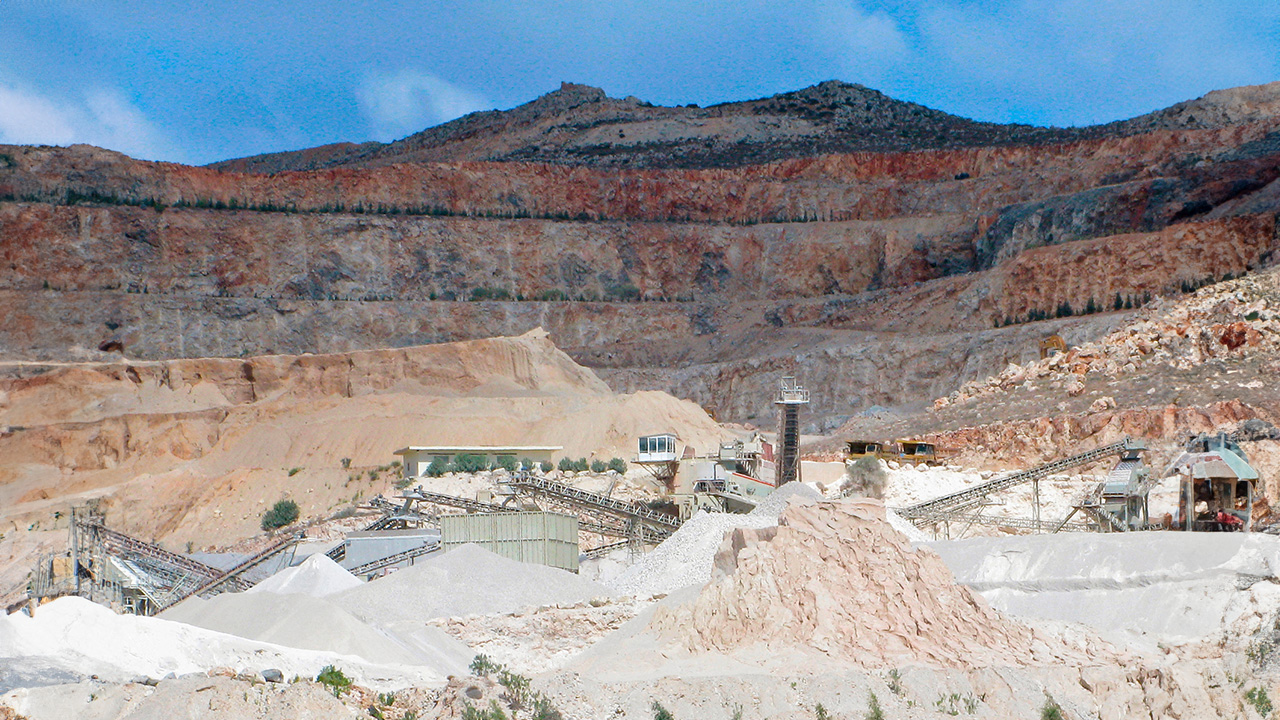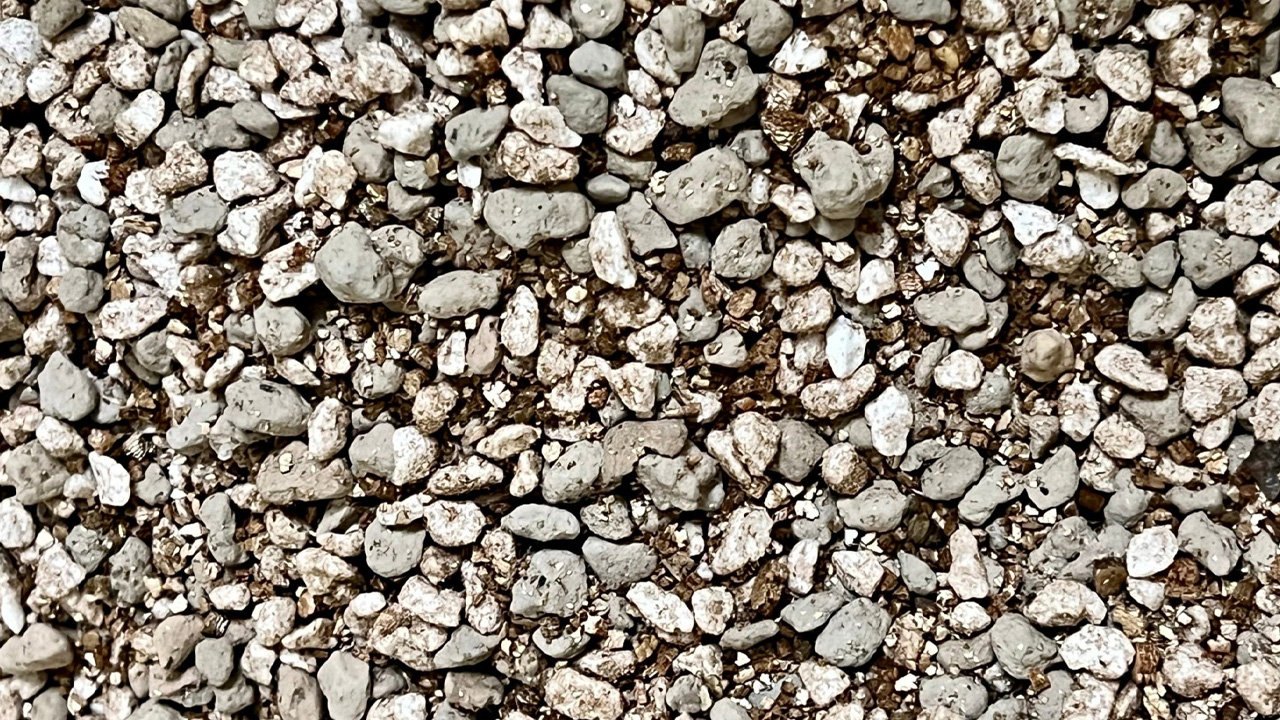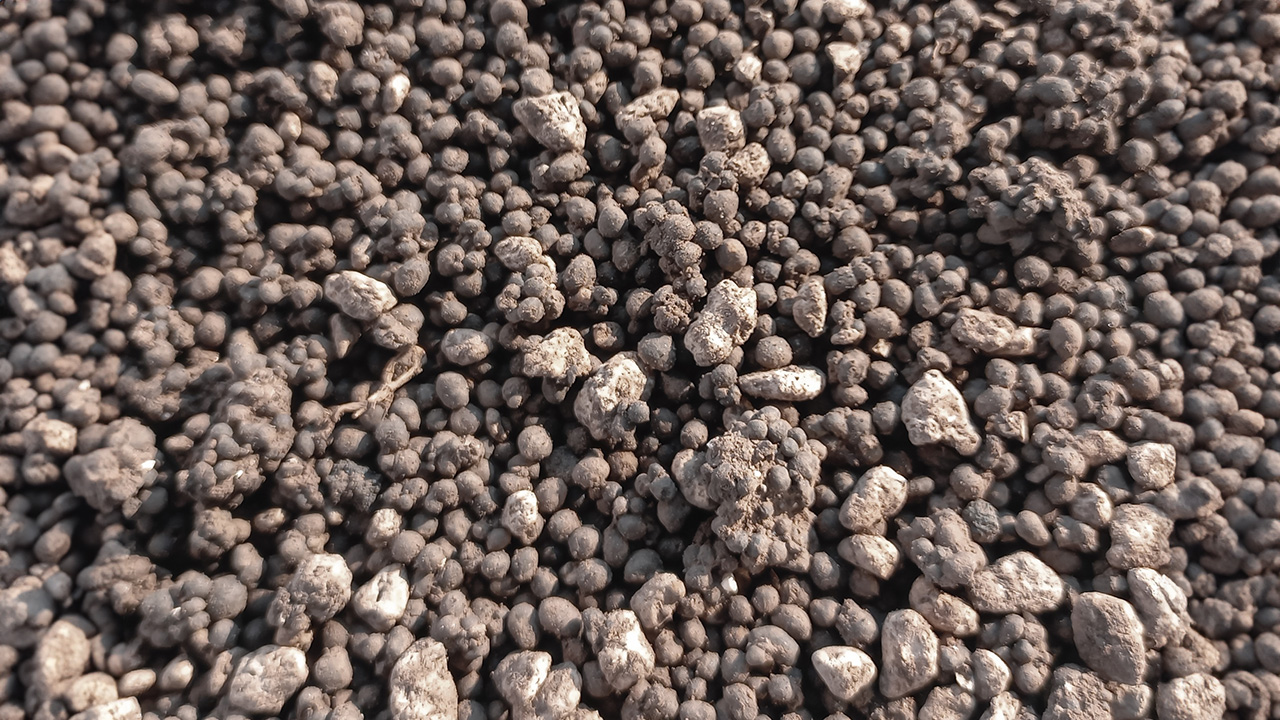Construction Perlite
Construction perlite is a lightweight, porous material obtained by expanding perlite, a volcanic glass. Due to its thermal and acoustic insulation properties, it is commonly used in applications such as plaster, screed, and roofing in buildings. Its lightweight nature reduces the dead load of the building, enhancing earthquake resistance, while its inorganic structure ensures fire safety.

Areas of Use for Construction Perlite
1. Thermal Insulation
Perlite provides an effective thermal insulation material due to its low thermal conductivity (approximately 0.04 W/mK). It is used in roof, wall, and floor insulation, enhancing energy efficiency.
2. Lightweight Concrete and Mortar
When perlite is used in concrete and mortar mixtures, it significantly reduces density (ranging between 300-900 kg/m³). This property affects the load-bearing capacity of the structure, reducing the impact of dynamic loads.
3. Soil Improvement
Perlite enhances drainage by providing high air voids and improves root oxygen uptake. It is typically used in soil mixtures at a ratio of 10-30%.
4. Fire Insulation
Perlite is resistant to high temperatures (up to 1000°C) and is used in fire-resistant plasters and insulation materials.
5. Sound Insulation
The porous structure of perlite allows for the absorption of sound waves, improving acoustic performance. It is effectively used in sound insulation panels and filling materials.
6. Screed and Filler Materials
Perlite screeds are lightweight and easy to work with, playing an important role in floor leveling and sound insulation. Perlite is typically used at a ratio of 30-50% in screed mixtures.

Technical Specifications
- Density: Varies between 60-300 kg/m³.
- Temperature Resistance: The melting point is approximately 1000-1200°C.
- Chemical Stability: Resistant to most chemicals; unaffected by acidic and alkaline environments.
